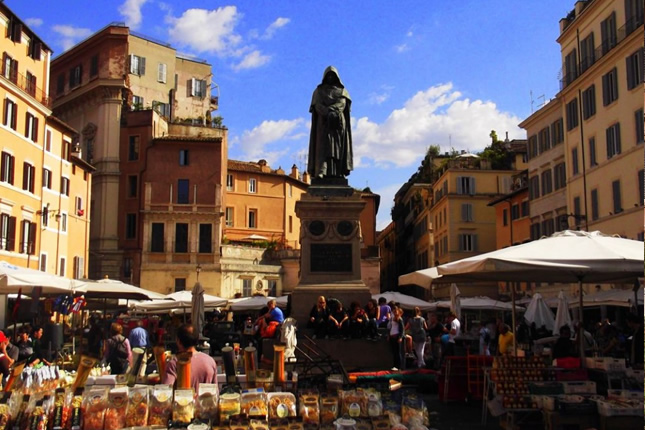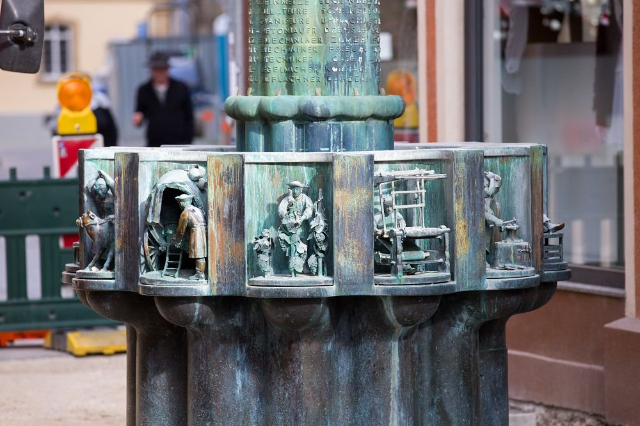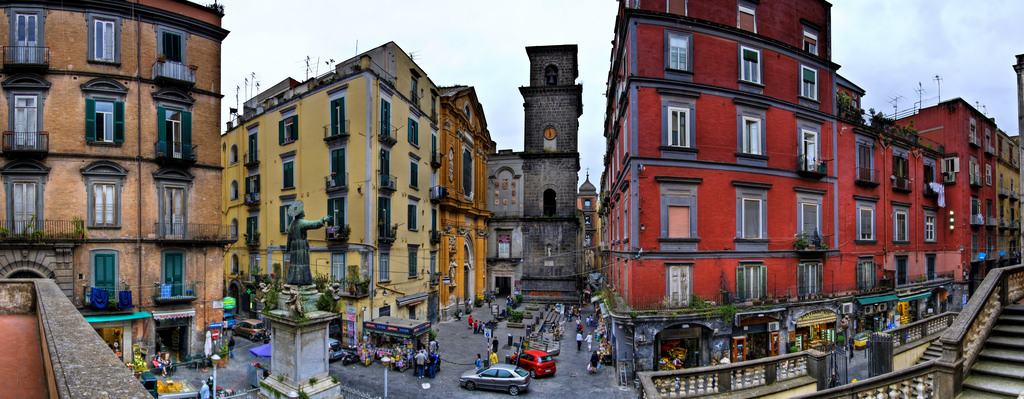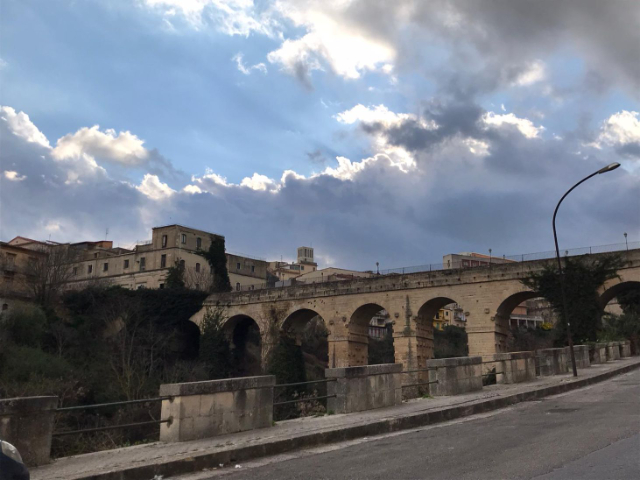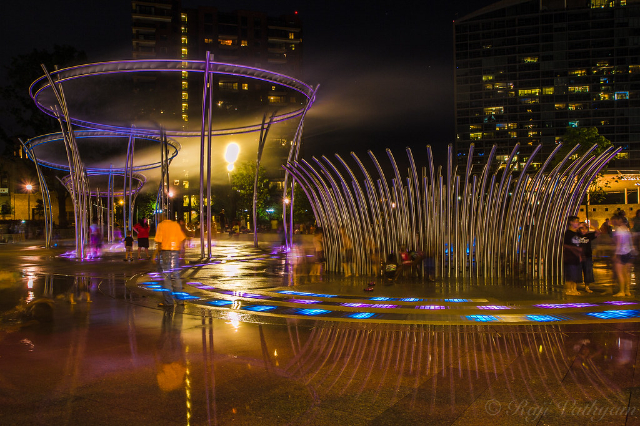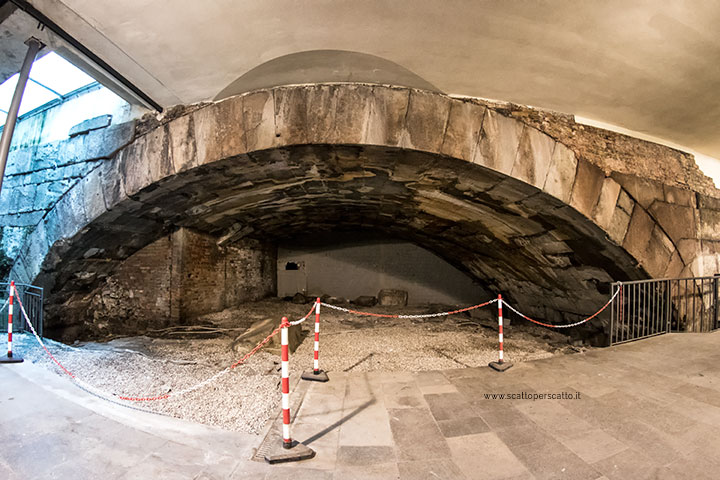Literally translated,Campo de ‘Fiorimeans ‘field of flowers’, a name derived from the Middle Ages when the area was still a meadow full of flowers. It is a misunderstanding that the name of the rectangular square is derived from the flower market that frequently takes place here. The square is very lively and colorful in the morning because of the daily fresh market with flowers, fruit, herbs and vegetables (monday to saturday). In the evening (especially by tourists) there is a lot of drinking on the terraces and in the bars around the lively square
In Ancient Rome the area was unused and remained undeveloped until 15th century, when some important buildings were constructed in its vicinity and the square was paved. However, the area has never been architecturally formalized and always stayed a focus fortrade and street culture: this can be clearly seen in the surrounding streets, which are named for artisans and craftsmen. Around Campo de Fiori you can find Via dei Cappellari (makers of hats), Via dei Giubbonari (tailors), Via dei Chiavari (key-makers), Via dei Balestrari (crossbow-makers), Via dei Baullari (coffer-makers).
Important historical fact is that executions used to be heldin this square and philosopher Giordano Bruno was burnt alive for heresy in 1600.
Exactly on the site of his death is now a statue from 1889, in which he faces theVatican(he was considered a martyr for the freedom of thought). The inscription on the base reads: – A BRUNO – IL SECOLO DA LUI DIVINATO – QUI DOVE IL ROGO ARSE – (“For Bruno – the century he predicted – here where the fire was burning”).
Special fact about this square is that it is the only square in the center of Rome without achurch.
